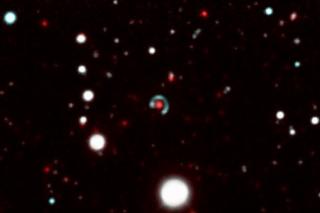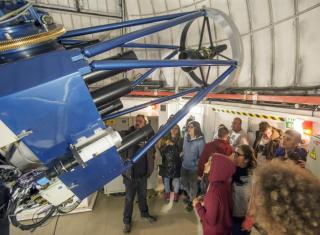
Hoy, 2 de junio, Pedro Sánchez, secretario general del PSOE y candidato a la Presidencia del Gobierno, visitó el Observatorio del Teide. Acompañado por el director del Instituto de Astrofísica de Canarias (IAC), Rafael Rebolo, el subdirector del mismo, Carlos Martínez, y el astrónomo y administrador del Observatorio, Miquel Serra-Ricart, pudo recorrer algunas de las instalaciones ubicadas en él, como la Estación Óptica Terrestre (OGS), las torres solares VTT, y el Experimento QUIJOTE. En este último, se mostró especialmente impresionado por el objetivo que pretenden conseguir estos dos
Advertised on




